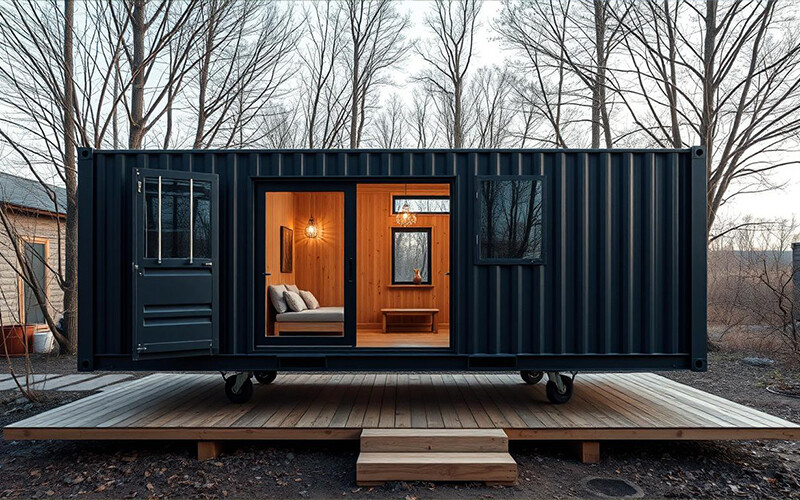news

Activity rooms, often constructed using modular or prefabricated methods, are versatile spaces designed to meet a wide range of needs from temporary housing to commercial and educational facilities. Understanding the optimal construction environments for these activity rooms is crucial to maximizing their efficiency, durability, and functionality. This article delves into the key factors that influence the suitability of different settings for constructing and deploying activity rooms.
Climate Considerations
One of the primary considerations in determining the optimal environment for activity rooms is climate. These structures can be adapted to various climatic conditions, but certain adjustments may be necessary. For instance, in regions with extreme temperatures—whether hot or cold—insulation and HVAC systems play a critical role in maintaining comfortable indoor conditions. Similarly, areas prone to high humidity require moisture-resistant materials to prevent mold growth and ensure structural integrity over time.
Site Accessibility
The accessibility of the construction site is another essential factor. Activity rooms are advantageous due to their ease of transportation and rapid installation. However, sites that are difficult to reach, such as remote or mountainous areas, may pose challenges. Adequate planning and logistics are required to ensure that all components can be delivered and assembled efficiently without compromising on quality or safety.
Geographical and Geological Conditions
Geographical and geological conditions also impact the suitability of a location for activity rooms. In earthquake-prone zones, for example, the foundation and structural design must incorporate seismic resistance features. Similarly, flood-prone areas necessitate elevated foundations or additional waterproofing measures to protect against water damage. Understanding the specific geographical risks allows for tailored construction approaches that enhance the longevity and stability of the activity rooms.
Regulatory Compliance
Adherence to local building codes and regulations is imperative. Different regions have varying standards concerning safety, energy efficiency, and environmental impact. Ensuring compliance from the outset avoids costly delays and modifications later on. Engaging with local authorities and obtaining the necessary permits ensures that the activity rooms meet all legal requirements and operate smoothly within their intended environment.
Community Needs and Integration
Lastly, understanding the needs of the community where the activity room will be located is vital. Whether it's serving as a classroom, healthcare facility, or office space, aligning the design and purpose of the structure with the community’s needs fosters better integration and utilization. Community involvement in the planning process can lead to more effective and sustainable outcomes, ensuring that the activity room serves its intended purpose effectively.
In conclusion, while activity rooms offer immense flexibility and adaptability, their success hinges on careful consideration of climate, site accessibility, geological conditions, regulatory compliance, and community needs. By addressing these factors, one can create optimal environments for activity rooms that not only meet functional requirements but also stand the test of time, offering reliable and efficient solutions across diverse applications.
Need Us to
Contact You?
We received your message and will contact you as soon as possible.
Thank you for your visit.
